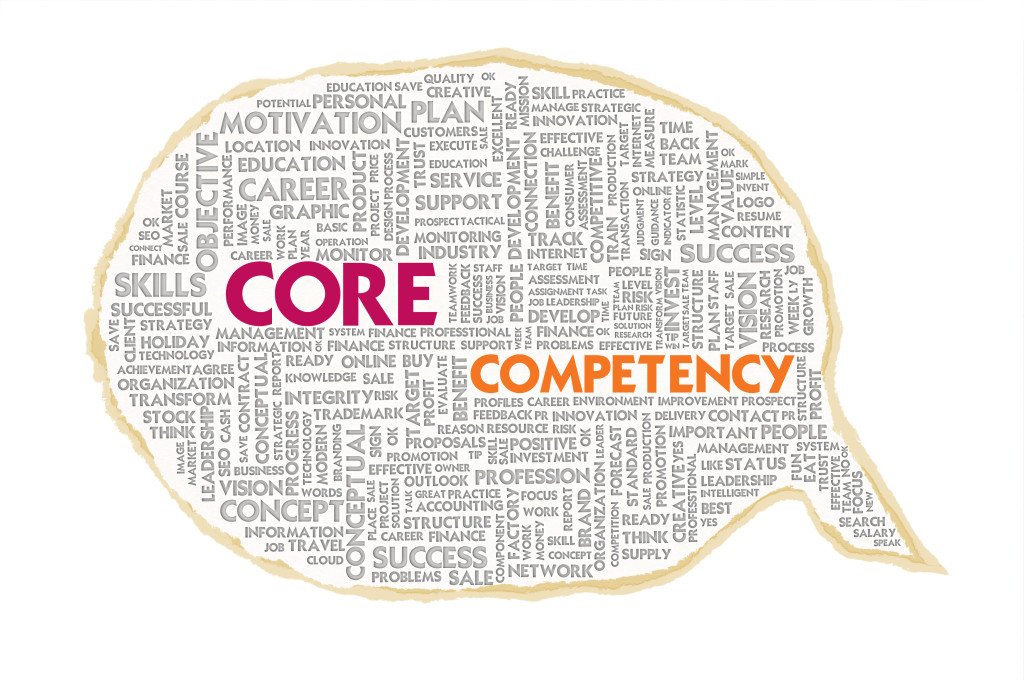How To Determine Market Traction For Your Startup

The major thing to know about the first few years of funding a startup business is that in order to attract investor capital you must accomplish certain milestones. Accomplishing milestones helps to reduce the risk associated with the startup venture. Investors are constantly assessing risk when evaluating a startup and obviously prefer those that assume […]
How To “Winterize” Your Startup For Success

4 Tips To Get Your Startup Ready For Winter Startups businesses, just like automobiles, require winterization in order to keep running smooth and stealth during the cold months ahead. In this article, I’ll highlight the key components found in winterizing an automobile to help aid in Startup triumph. The Engine | The Motor of a […]
The Importance of Differentiation

When asked about their product or service, most entrepreneurs could go on and on with the various features and advantages. However, once you ask them, “what makes your product or service desirably different?” their pitch begins to flounder. They begin to fall back on their key features or advantages over their competition. But, the question […]
Narrowing Your Addressable Market Down To Your Target Market

Before we go over some tips for narrowing your addressable market into a concise target market, lets first define these terms. Addressable Market The addressable market is the group of people (or businesses) whom might be interested in what you are selling. It is the broadest umbrella of potential customers that your target or service […]
Value Propositions vs. Positioning Statements

The main objective of a company’s marketing strategy is to define and reach the target customer demographic while differentiating itself from the competition. Value propositions and positioning statements stem from this marketing strategy and help the company to accomplish its marketing goals. Many people use these terms interchangeably when writing a business plan or discussing […]
How to Write a Positioning Statement

Many first time entrepreneurs get tripped up on the positioning statement portion of their business plan and how it differentiates from their value proposition. In this blog post, we will tell you just how to write a positioning statement. Please refer to the following links for instructions on how to write a value proposition and the difference […]
How to Write a Value Proposition

When writing a business plan, many entrepreneurs get confused about value propositions and positioning statements. In this blog post, we will tell you just how to write a value proposition. Please refer to the following links for instructions on how to write a positioning statement and the difference between a value proposition and positioning statement. What is a […]
What Is Your Core Competency?

Too many entrepreneurs and startups get caught up trying to be everything for everyone. You can always add features or sub-products down the road, but don’t lost sight of your mission and your core competencies. Focus on one problem that your target customers have and solve it. Get Focused Once you start throwing in every decent […]
What is in a Business Plan: Marketing Plan (Part 8 of 11)

Time For Completion: Approximately 20-30 hours Your Marketing Plan gives a complete picture of your marketing goals, strategies and tactics. By answering many questions that will help your product reach your potential customers. Some of the processes that you will go through when writing a Marketing Plan include: setting goals, creating your company’s brand, and […]

